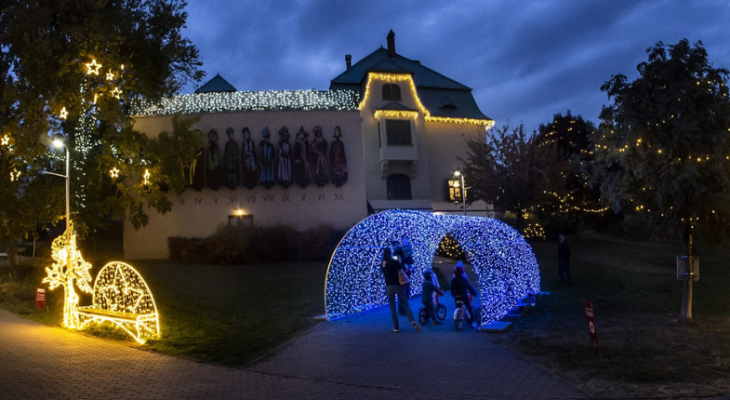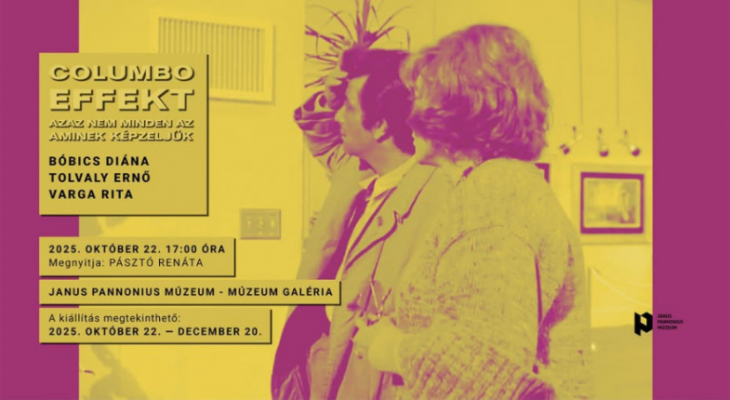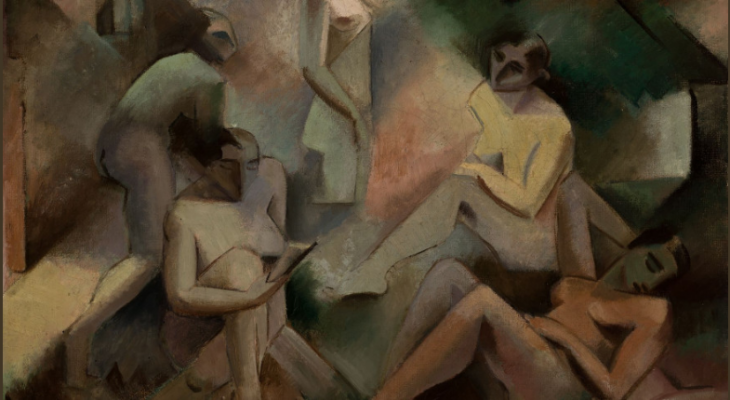The Rippl-Rónai Museum’s traveling exhibition titled Owls and Humans has arrived at the JPM Natural History Museum, showcasing the world of these remarkable birds of prey and their relationship with humans. The exhibition is based on the natural history collection of the Kaposvár institution and provides a comprehensive overview of Hungarian owl species, their biology, ecological role, and place in culture.
The display features specimens of 7 out of the 12 owl species found in Hungary, complemented by egg specimens from the JPM Natural History Department’s collection. While exploring the threats facing owls, owl conservation tools made from natural materials—including the T-perch, woven basket, artificial cavity, nesting box, and vole tower—also demonstrate how we can help protect them.
These intelligent birds are not only apex predators in their habitats but also symbols of wisdom—one need only think of the little owl (Athene noctua), the emblem of Pallas Athena.
The exhibition provides both knowledge and experience while drawing attention to the fact that owls are indispensable participants in the food web of their habitats, and their protection serves the conservation of all wildlife.



